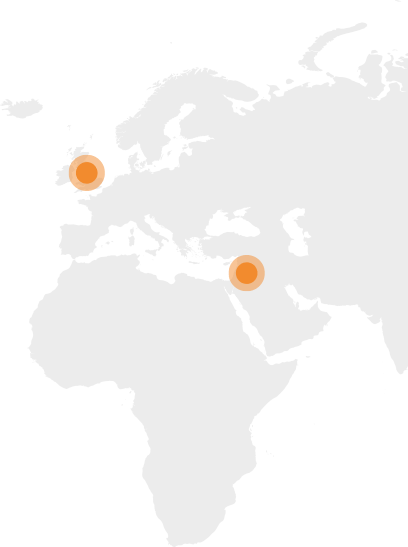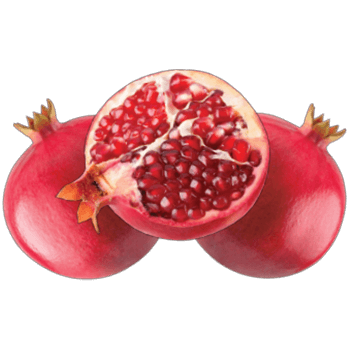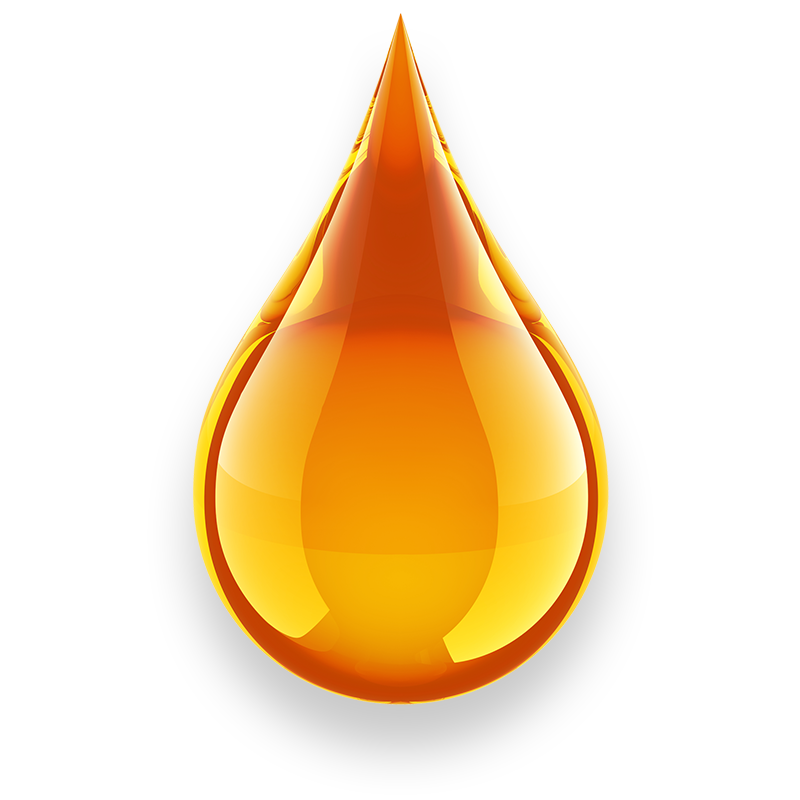
Pomegranate
Active ingredients: Pounic acid
Geographical Spread
Pomegranate is a native Asian plant, from the Middle East to the Himalayas. Cultivated in most of the Mediterranean and Tropical America. Nowadays, it is also found in areas of Southern Europe and South-East America.

Historical Features
All parts of the plant contain 'pelieterina', unusual alkaloids with anti-helminth and anti-amoeboid properties. In traditional remedies they are used for the treatment of various diseases such as cuts, vaginal secretions, gingivitis and others due to their astringent properties. Pomegranate juice contains polyphenolic antioxidants that protect against heart disease as it keeps the arteries flexible and reduces inflammation inside the blood vessels.
Pharmaceutical Use
The genus to which the Pomegranate belongs is called Punica, a name borrowed from the homonymous ancient Phoenician city of North Africa. This name was given in the 3rd century BC, when the Roman legions in their course against Carthage met in the city of Punica. Finally, this plant is also referred to in the Old Testament as "rimmon" and was considered a sacred tree.

Phytochemical Composition
Pomegranate is an important source of elacto acid, antioxidant and punic acid. The latter is a fatty acid, very beneficial for cell regeneration and reproduction. The fruit juice is particularly rich in vitamins A, C and E as well as trace elements such as calcium, phosphorus, potassium, sibi, folic acid, niacin, thiamine and riboflavin. The root bark, the leaves and the bark of the fruit contain tannins.


